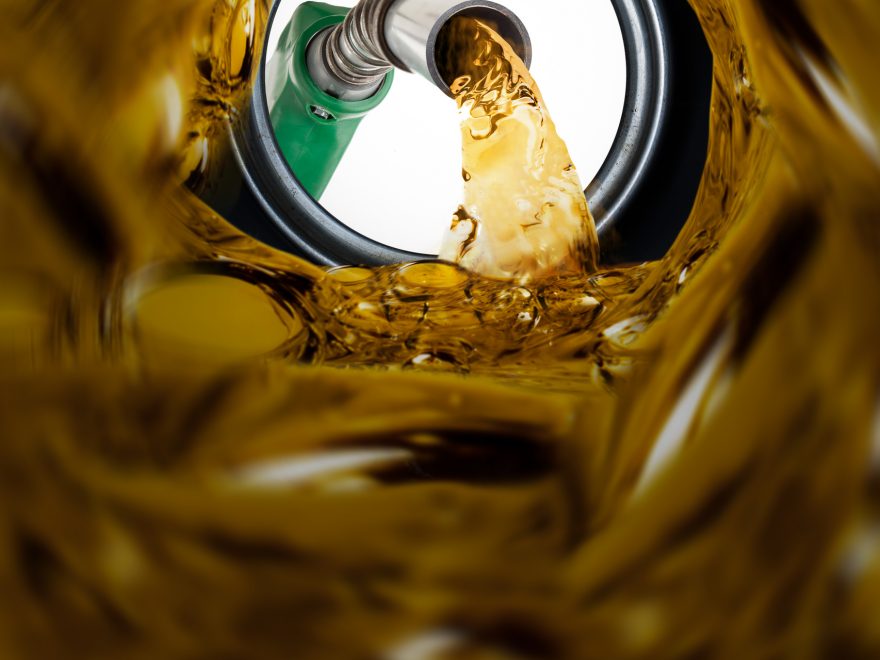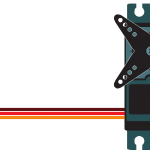You’re out deep in the woods for a fun day on the ATV’s. You filled their tanks before you left but that only lasts so long.
Maybe you are working on a construction site and your generators are running out of fuel. What do you do, you can’t let your men stop working and lose progress?
Transfer flow fuel tanks can keep you running in both situations. Don’t let rumors of safety concerns scare you. These rumors are unfounded thanks to safety precautions.
Transfer fuel tanks are a safe and reliable way of transporting a large amount of fuel to rural areas or your job site. Use our guide to install a transport fuel tank in your truck.
Find Your Online Car Repair Manual Today! ->>
The Tank
Fuel transfer tanks are usually made of aluminum and designed to carry diesel fuel. If you intend to carry other types of fuel you need a tank rated for that fuel.
You may find tanks that are also made of plastic, steel, or a composite. Be aware that plastic can warp in excessive heat or cold.
Before you install your new fuel tank, you need to make sure you buy the right one. You can find tanks that hold 30 to 110 gallons.
You will also find that they come in a range of sizes from square to flat to “L” shaped. Be sure to buy the right size for the make and model of your truck.
You will need to line up the tabs with your truck for installation. The wrong size tank, and the tabs won’t be in the right place.
Safety Features
Legal and safe fuel tanks have baffles in them to prevent sloshing. This will make driving with fuel safer and put less stress on your truck from the moving weight of the liquid.
They also get pressure tested for any possible leaks. This means that you don’t have a risk of diesel fuel leaking out into the bed of your truck.
Like the gas cap in your truck, the cap on the tank “clicks” and locks into place. There is also a valve for venting.
Toolbox Features
If you need a space to store tools and transport fuel look for a combination box. The bottom half of the box will store the fuel while the top half will be storage for your tools.
Advantages of RDS Fuel Tank Installation
Having an extra tank for fuel can ensure you won’t run out of gas while driving in rural areas. It also will help you save money as gas gets more expensive the further away from urban areas you get.
Having one large tank is easier than carrying many portable smaller ones. This is especially true when transporting fuel for construction jobs or recreational vehicles.
These tanks follow strict safety regulations set by the DOT and EPA. This makes them more secure than using many smaller plastic containers.
A fuel tank that does not follow regulations is dangerous. Installing an unapproved fuel tank is just as illegal as these other car modifications.
Auxiliary vs Transfer Flow Fuel Tanks
If you have shopped for a fuel tank you have probably seen transfer and auxiliary tanks. They are similar in that they are both tanks that hold fuel in the bed of your truck.
Transfer Tank
The difference is that a transfer fuel tank requires you to manually pump the fuel out. You will have to buy a separate pump to transfer the fuel.
These pumps are either a manual crank or small 12V electric unit. With a pump, you can fill an ATV or generator.
Auxiliary Tank
An auxiliary tank will get plumbed into your stock gas tank on your truck. This way you can refill your truck’s gas tank in one step.
You can install a pump and with a flip of a switch, the fuel will transfer from one tank to the other. Your other option is to let gravity naturally make the fuel flow from one tank to the other.
Tools to Get the Job Done
The first thing you need to do this project is the tank. To hold the tank in place you will need nuts and bolts. For the installation process, you will need a measuring tape, marking pan, drill, and wrench.
How to Install an Auxiliary Fuel Tank in Your Pickup
If you have experience using tools the installation process should take you about an hour. Your first step is to decide where the tank would fit best in the bed of your truck.
You can do this by measuring your tank or making a template. To make a template, place your tank on a piece of paper or cardboard and mark the hole locations.
Make Some Room for Your New Tank
Clean the bed of your truck so you have a space to put the tank. It will also make working in the bed easier if you aren’t dealing with a bunch of clutter.
If you have a bed mat, you should take that off. There should be nothing between the tank and the truck bed.
Pro Tip: Make sure you place your tank in a way that makes it easy to access from outside of the truck bed. Have the lid face the side of the truck. If you can, put the fill opening on the same side as your truck’s gas tank opening.
Have a helping hand
Depending on the size of your fuel tank it can be quite heavy. Save your back and have someone help you lift the tank into your truck.
Placing Your new tank
This is where making the template comes in handy. You can easily move the template around until you find the right position. Placing the tank becomes easier when you know the exact place it’s going.
The only safe place for your fuel tank is near the head gate in the bed of the truck. This places it away from areas are commonly hit like bumpers.
It also places it up away from the ground. You don’t want to try and place your transfer fuel tank under the truck.
On Your Mark, Drill, Bolt!
Using either the template or the tank itself mark where the holes will need to go. Make sure your marking pen is a bright colored wax or chalk, so you can easily see your marks. Drill carefully, you don’t have unnecessary chipping.
To drill the hole, start by using a center punch. This will help prevent your drill from walking.
Start with a smaller bit and work your way to the right sized bigger bit. The final hole should match the size of your bolts.
Bolt your tank to the truck bed once you have the holes drilled. Use washers to prevent the bolts from pulling out. Take care to not over tighten the bolts.
Pro Tip: Before you drill anything, look behind it to make sure you don’t drill through anything you shouldn’t. This is especially true of the underside of the truck bed.
Fuel It up
Once you have completed your fuel tank installation you are ready to start using it. Drive to the local gas station and fill your tank up with diesel. Once full, make sure to secure the cap in place.
Optional Features
Once you have the transfer tank installed you have the option of also installing a 12V transfer pump. You could also install a meter, extra filter, or lock.
Pumps
Most tanks have a female threaded coupling mount. Pumps come either manual or powered that gets connected to your battery.
You can expect a pumping rate of about 8 to 15 gallons per minute. If you go this route, also install a meter to track your usage
Meter
Install a mater on your pump line at the end that connects to the tank. This way you won’t get surprised by an empty tank. You will also have control over how much fuel you put into a particular machine.
Locks
If you have concerns about security, then install a lock on the gas cap. This will give you security in knowing no one has access to the tank unless they have the key.
Start Transporting Fuel
Start by deciding how big of a tank you need. Then find that size in a tank that works with the truck model you drive.
Measure the tank you buy or make a template of it. Then clear out the bed of your truck to make room for your new tank. Mark, drill, and install the bolts that will hold the tank in place.
If you want, you can install one large tank across the back. You could also install two transfer flow fuel tanks one on either side of the bed of your truck.
Be sure to have the auto repair manual for your truck before you start this or any DIY project.







